 ARTICLE
ARTICLE 
Changing Strategies: Political Ad Targeting in 2022 and Beyond
Ad targeting capabilities have changed significantly over the last five years, especially in the political and advocacy space. Growing calls for higher privacy standards across the globe have changed the way companies track and use personal data. Here’s everything you need to know about the current ad targeting landscape and the necessity of new targeting strategies.
What Has Changed?
New Laws
General Data Protection Regulation (GDPR) is a regulation of the European Union that went into effect in 2018 and could be considered the world’s strongest set of user data protection regulations in existence. The law places strict limits on what data companies can collect on users. It forbids companies from collecting data from consumers without their expressed permission. Because so many U.S. tech companies work with the EU in some way, they are all required to have a GDPR strategy.
California Consumer Privacy Act (CCPA) went into effect in 2020 and impacts all companies conducting business with California residents. The law essentially forbids companies from selling personal user data to third parties and gives users the option to opt out of data collection. California has the fifth largest economy in the world (as of 2021), so the impact of this law has swept across the globe.

Phasing Out Third-Party Cookies
Cookies have been deployed on the internet to track users and collect data since 1995, so it’s a big deal that they’re going away. The data that cookies provide is valued at over $395 billion in the advertising industry. While first-party cookies are owned by individual websites and usually ask users’ permission to collect data, third-party cookies are owned by third parties that can sneakily follow users from site to site and gather information on browsing activity. Firefox and Safari have already phased out cookies, making it much more difficult to collect data on people’s interests, activities, and demographics. Google has announced that it will officially phase out third-party cookies on Google Chrome, the most popular internet browser, by 2023.

New Ways to Opt Out of Tracking
To keep up with the consumer demand for privacy (and to increase their own market share of the advertising industry) Apple has made significant changes to privacy settings on iPhones that make it very difficult or impossible for third parties to gather data on users. These updates allowed iPhone users to opt out of sharing their information with advertisers (62% of them did!).
They also allowed iPhone users to hide their email from third parties when signing up for services. Email is one of the primary ways to target users.

Removal of Facebook Targeting Capabilities
As of March 2022, Meta officially phased out thousands of ad targeting options it deemed “sensitive.” This is part of an ongoing effort by Meta to address criticism of its advertising and data capabilities as well as its political impact. Unfortunately, many of these audiences are users that would typically be interested in political and advocacy advertising. Here are a few of the audience segment groups that you can no longer find in Meta Ad Manager: liberal causes, conservative causes, interest in social issues, advocacy organizations, and political figures.

What’s the Impact on Advertising?
One-to-One List Matching with Target Internet Users Is Becoming Extremely Difficult
When advertisers want to reach, say, a list of people who are likely to vote in an upcoming election, they rely on identifiers such as name, email, address, and device ID. With the loss of cookies and other online identifiers, we are quickly losing the ability to find individuals on a list online and must find other ways to target our ideal audience.
Voting History and Other Voter File Data Can’t Stand on Their Own
As of summer 2022, it is still possible to target internet users based on this data, but match rates, or the rate at which we successfully reach users on a list, are rapidly declining. Industry-wide, match rates have plummeted to as low as 20 or 30% in some instances. To scale campaigns to their full reach potential, political and advocacy advertisers must look beyond one-to-one matching.
Our Solution
In the competitive political advertising landscape, here’s how JVA Campaigns is reaching the right users at the right time with precision.
We never rely on just one list or voter file data provider.
In a privacy-first world, advertisers must diversify their data sources to reach their intended audiences. We partner with a wide and diverse network of political data and voter file data providers. You will never catch us using just one because we don’t want any members of your target audience to slip through the cracks.
We build cookie-less audiences using artificial intelligence.
At JVA, we partner with an industry-leading custom audience builder to create custom segments that can reach online users without cookies and without mobile IDs. We start with a matched list or voter file. Then, using artificial intelligence and over 10 million behavioral attributes, we create a look-a-like audience that scales on every ad platform and reaches nearly every target user.
We use first-party data creatively.
Just because Facebook removed our ability to specifically target liberals, conservatives, and other social issue categories, it doesn’t mean we haven’t found ways to do it anyway. We have the tools to find out who your audience is, what they care about, and what they like to do and watch online. From there, it’s as easy as using Facebook’s existing nonpolitical segments to reach 100% of those users.



